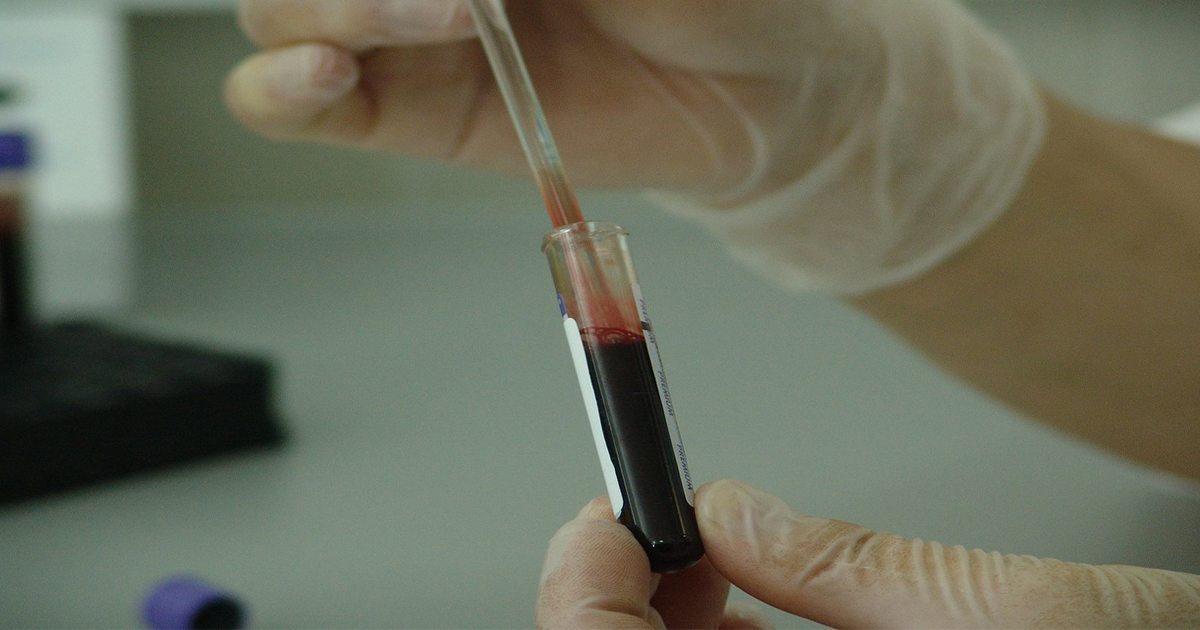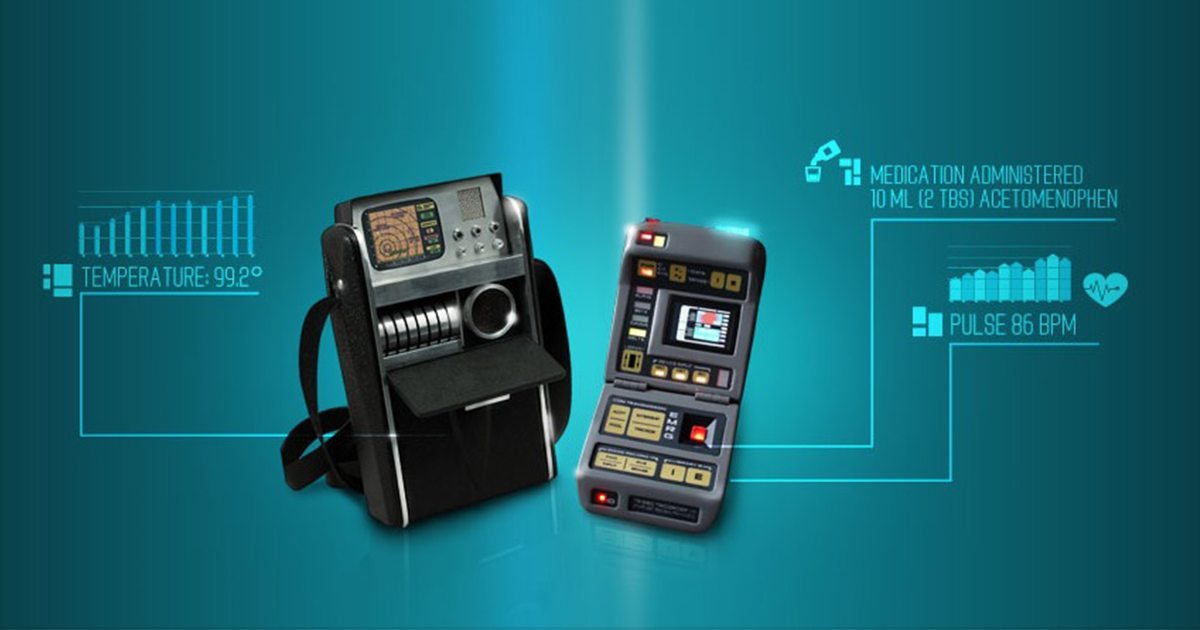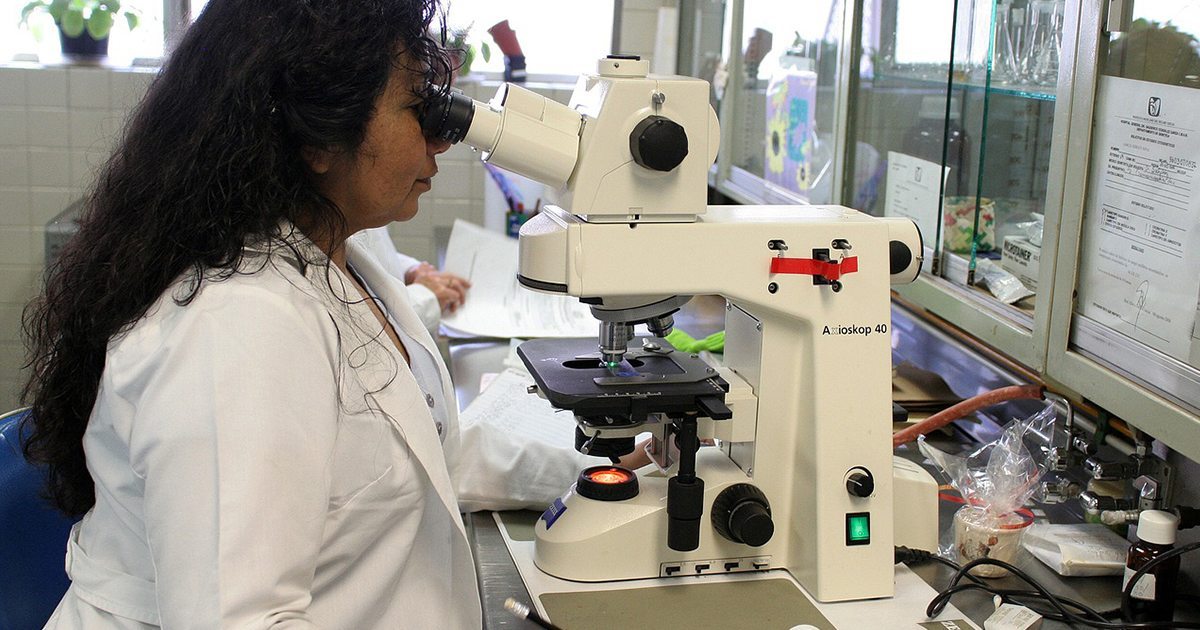Month: May 2017

Blood Test May Lead to Faster Time to Treatment for Mesothelioma Patients
MesotheliomaHelp has reported various times on the development of blood tests for diagnosing and assessing the progress of mesothelioma and other cancers. The tests are favored over traditional tissue biopsies due to the quick results and for being non-invasive. Now, researchers report they are developing a blood test that can identify genetic mutations in non-small cell lung cancer patients and return the results within three days.
A team of researchers from Biodesix, Inc., a U.S. company that discovers and commercializes cancer diagnostic tests, reports that through the use of Droplet Digital PCR (ddPCR), a highly sensitive gene-mutation detection method, they developed a blood-based test that can accurately identify several of the most common genetic mutations in lung cancer patients. In fact, they “generated test results successfully for 98% of tests submitted,” with 94 percent of the results available within 72 hours, according to an April 5 article on the Biodesix website.
http://www.biodesix.com/utility-of-a-targeted-nsclc-genomic-test-for-cfdna-variants-in-the-community-setting/
“Time to treatment can have significant impact on progression of cancer and treatment decisions rely heavily upon genomic and proteomic testing,” noted the researchers. “Results from tissue-based testing can take weeks to obtain and can delay time to treatment.”
Find out about other blood test breakthroughs here and here.
http://www.asbestosdiseaseawareness.org/
Due to the aggressive nature of both lung cancer and mesothelioma, an asbestos-caused cancer, when a patient is diagnosed with either of these cancers treatment should begin as soon as possible in order to quickly fight back the disease. However, according to the Biodesix researchers, led by Gary A. Pestano, Ph.D., oncologists are often delayed in beginning a patient’s therapy while awaiting results from genetic testing so they can offer personalized treatment. Test results can take weeks to be returned and by that time, oncologists and the patients may determine any generic treatment is better than a delayed, targeted therapy.
Although mesothelioma and lung cancers present with different tumor structures – mesothelioma is a spider-web-like weave of tumors on the lining of the lungs, whereas lung cancer is a single mass – the treatment protocol for the two is similar. Treating the cancer patients based on their genetic makeup, called targeted or personalized therapy, increases the chance of success. The Biodesix blood test focuses on identifying the EGFR, ALK and KRAS mutations in NSCLC patients. All three of these biomarkers have been the target of researchers hoping to develop new, more effective therapies for the cancers, and the presence of these biomarkers in a patient can point to a specific anti-cancer therapy.
In the study, the researchers analyzed over 1,600 blood samples from NSCLC patients, according to an April 19 article in Medical News Today. The results identified the mutations as follows: EGFR mutations sensitive to tyrosine kinase inhibitors in 10.5 percent of samples; 18.8 percent of samples had EGFR mutations resistant to tyrosine kinase inhibitors; KRAS gene mutations in 13.2 percent of samples; and two percent of samples with the EML4-ALK gene.
“We have developed rapid, highly robust, and sensitive blood-based assays to expedite time to treatment and expand the laboratory testing options for patients with NSCLC,” the team reported.
Pleural mesothelioma is a cancer of the lining of the lungs caused by past asbestos exposure. The terminal cancer is diagnosed in close to 3,000 Americans each year.
Read the full study in the May issue of The Journal of Molecular Diagnostics.
http://jmd.amjpathol.org/article/S1525-1578(17)30094-6/fulltext

Mesothelioma Patients Need Time and a Listening Ear
My last blog was about a mesothelioma patient having a slow recovery and questioning if having treatment was a mistake. She had a course that was riddled with complications and it was hard for her to see any end in sight. When I saw her, she was clearly not feeling well and was discouraged. I am happy to report now that with some medication adjustments and time she has turned the corner. She is feeling better, has more energy and is on her way home. Was it changing her medication, time or a combination of both?
Reflecting on this patient and her experience two things come to mind: time and listening. We cannot control an individual’s recovery. We cannot control an individual’s response to treatment or the time it takes to recover. As everyone’s journey is different, it is hard not to compare progress, especially when everyone else seems to be doing better. Sometimes, though, it just takes time: time for the medicine to work, time for the incisions to heal, time for the pain to ease.
Another thing that people who are recovering from treatment need, but is often overlooked, is for someone to listen to them. When patients are not feeling well, people may tell them how much better they look and how well they are doing, when in fact, they just want to say, “Today I don’t feel well, and I am not sure I ever will.”
Another patient told me that according to his family and friends he has never looked better since being diagnosed with mesothelioma. He knew their intentions were good, but he also knew he was not feeling well, despite how he looked. People are well intentioned, but sometimes instead of being the cheerleader, just listen and hope tomorrow will be better for your loved one.
Time is a variable in the recovery process, and everyone’s recovery is different, but never underestimate the power of listening.
As Leo Buscaglia said, “Too often we underestimate the power of touch, a smile, a kind word, a listening ear, an honest compliment, or the smallest act of caring, all of which have the potential to turn a life around.”

Contest Could Bring Handheld Medical Tool to Mesothelioma Patients
One of the props used by Dr. McCoy, of the iconic 1960s television series Star Trek, was the Tricorder. With a point, swipe, and beep, the doctor could examine and diagnose the USS Enterprise’s crew members. Now, thanks to a contest, this science fiction device may soon become a reality bringing “healthcare to the palm of your hand,” and helping mesothelioma patients avoid some of their countless medical appointments.
The Qualcomm Foundation, along with the world’s leading visionaries, hold a three-day summit each year to brainstorm ideas to help mitigate some of the challenges facing the world. The goal is to create an incentivized global competition that could lead to a solution to the problem. In 2012, the summit attendees focused on healthcare.
With all the technological advances, the team thought, it is inconceivable that an individual has to physically go to a healthcare facility, clinic, or doctor for a diagnosis of any condition. They felt this model of health care has led to bottlenecks to access of care, backlogs in laboratories, and a rise in healthcare costs. The visionaries agreed that a medical device, for consumers, could be designed to address this problem. The Qualcomm Tricorder XPRIZE competition, with a total prize package of $10 million, was conceived to spur the creation of Dr. McCoy’s Tricorder.
U.S. Team Takes Top Prize
On April 12, 2017, the U.S. team, Final Frontier Medical Devices, based in Pennsylvania, was announced the winner of the nearly five-year competition netting them $2.6 million to help bring the prototype to reality. Led by two brothers, Dr. Basil Harris, an emergency medicine physician, and George Harris, a network engineer, the team created DxtER.
The second place winner, Dynamical Biomarkers Group of Taiwan, received $1 million to help bring their device to fruition.
“It is very exciting that our vision of mobile, personalized patient-centric healthcare is getting closer to becoming a reality thanks to the great work of the Qualcomm Tricorder XPRIZE teams,” said Dr. Paul E. Jacobs, executive chairman of Qualcomm Incorporated, in an April 13 press release announcing the winner. “Creating technology breakthroughs in an industry as complex as healthcare is quite a milestone, and what these teams accomplished is a great stepping stone to making mobile healthcare a viable option across the world.”
The field began with 312 teams from 38 countries all working to create a Tricorder prototype. During the multi-year competition the field was narrowed to 29 teams from nine countries, and finally to two finalists from two countries. The two final teams, representing the U.S. and Taiwan, were chosen in December 2016.
Five-Pound Device Houses Complex Functionality
“Our device is smart and simple, giving people the help and answers they need when they need this input the most,” said Dr. Basil Harris, founder of Basil Leaf Technologies, in a press release announcing his team’s success.
The final product had to adhere to strict requirements such as allowing an individual to determine if and what care is required without leaving home; it should weigh no more than five pounds; it must collect, store, and share vital health data via the internet; and cause no harm to the consumer either by thermal or electrical energy, needles, lancets, or infections.
Expert Insight
Dr. Basil Harris
“There is nothing like it in existence, and we believe this technology will change the face of health care.”
In order to diagnose patient conditions, the device must be capable of collecting key health metrics like blood pressure, respiratory rates, and temperature over time and in various health states. The volume of data accumulated over time will allow the device to determine the consumers health conditions without expensive or invasive laboratory tests.
The winning prototype was to capture five real-time health vital signs, blood pressure, heart rate, oxygen saturation, respiratory rate, and temperature and identify 10 health conditions. The health conditions include: anemia, A-fib, COPD, diabetes, leukocytosis, pneumonia, otitis media, sleep apnea, urinary tract infection, and shingles. It must also be able to determine the absence of any condition allowing the patient to avoid unnecessary medications.
DxtER, the winning tool, is capable of diagnosing 34 health conditions.
Tricorder Benefits for Mesothelioma Patients
For mesothelioma patients and their caregivers, being able to determine, from the comfort of their home, what and if medical care is required, has significant benefits. Early detection of pneumonia, for example, can mean the difference between treatment at home and complications requiring hospitalization.
Mesothelioma, a rare cancer causally linked to asbestos exposure, is typically diagnosed in patients over the age of 65. At that age, many patients may have unrecognized medical problems that also need to be addressed. However, with the toll mesothelioma takes on a patient, symptoms that may mean a heart condition or diabetes often go ignored simply because of the burden of another round of doctors’ appointments and tests.
With the possibility of having their own diagnostic device at home that can collect their health data, assess the illness, and determine the appropriate course of action, whether that requires medical intervention or not, mesothelioma patients will feel more empowered, less stressed and may realize a better quality of life.
The device “gives users access to continuous, reliable health data – the information patients and providers need to more effectively manage chronic health conditions, such as diabetes and congestive heart failure,” according to Basil Leaf’s website.
With the advancements in mesothelioma care bringing the cancer closer to being a chronic disease, this device can allow patients to focus more on their lives and less on their illness.
The Qualcomm Foundation, and other strategic partners, are committed to seeing the Tricorder competition bring marketable products into the hands of consumers, and they have pledged millions of dollars in initiatives to support the teams.
To find out more about this exciting project visit the Qualcomm Tricorder XPRIZE website.
Photo Credit: Qualcomm Tricorder XPRIZE
Sources:
- Qualcomm Tricorder XPRIZE competition
http://tricorder.xprize.org/ - Basil Leaf’s website
http://www.basilleaftech.com/dxter/ - Basil Leaf Technologies
http://www.basilleaftech.com/blog-1/ - Dr. Paul E. Jacobs, executive chairman of Qualcomm Incorporated
http://tricorder.xprize.org/press-release/family-led-team-takes-top-prize-qualcomm-tricorder-xprize-competition

Recovery from Treatment Takes Times and Patience
When a person makes decisions regarding their health care it is usually after carefully weighing their options. They listen to the medical advice, conduct research, discuss it with their loved ones and listen to their inner voice. After making these decisions, it is difficult if the chosen path does not work out the way you had hoped or wanted.
This week, I met with a mesothelioma patient who was having a rough time. She is having a difficult recovery. After undergoing her chosen treatment, she has had multiple readmissions and visits to the clinic and emergency room. At the beginning of her journey, she was told the statistics regarding mesothelioma and interpreted it to mean with no treatment she would live just six months. However, by choosing some treatment, she was hoping to increase the chance at more quality time.
Her journey has not been easy. She is tired and wondering when she is going to feel better. As she continued she spoke about her thoughts in the beginning of not having treatment — she did entertain the option. She is well supported, but it seems no end to the fight of everyday life. She was not that symptomatic prior to treatment, occasionally she had some shortness of breath, but now she wonders aloud if doing nothing would have been the better choice.
Not many recoveries are without issues. Hopefully this patient is in the darkest part of her journey and soon the road will be more kind to her.
I think there are moments in all of our lives when we question our choices. Experience with mesothelioma patients has taught me that sometimes recovery takes more time, along with more sleep, getting outside and moving, and slowly patients find themselves starting to feel better.
When mesothelioma patients physically start feeling better, their outlook also starts improving. Every recovery is unique. People react differently to treatment and while some issues can be addressed and fixed, others simply take time. Give yourself time and look at each minor improvement as a victory.

Specialized Blood Vessels May Lead to Novel Mesothelioma Therapy
Last week, Mesothelioma Help reported that some, but not all, mesothelioma patients benefit from immunotherapy. Researchers found that cancer patients with a particular genetic mutation may not realize any benefits from immunotherapy treatments. Now, researchers report that by creating a combination treatment inhibiting the growth of new blood vessels while at the same time boosting the immune system, they can improve immunotherapy results.
According to researchers from VIB and KU Leuven, of Belgium, increased blood supply and decreased immune activity are critical components for cancer cells to multiply. Many researchers have focused on inhibiting that growth by focusing on one of those components. However, building on research that inhibiting blood vessel formation or using PD-L1 inhibitors for immunotherapy, when used individually, are only beneficial in a “minority of treated patients,” the research team, along with researchers from University of California and the Swiss Institute for Experimental Cancer Research, looked at combining the two therapies.
Using mouse models, when an anti-angiogenic therapy, designed to stop blood vessel formation, was combined with an immune boosting treatment the researchers were met with a “counterintuitive outcome.” The combination resulted in the formation of “specialized vessels that deliver cancer-fighting immune cells to the tumor,” helping to quash the cancer.
“It was interesting to observe that this combination of immune system-activating and anti-angiogenic antibodies causes a positive feedback loop,” said Prof. Dr. Gabriele Bergers, in an April 12 press release from VIB-KU Leuven. “The result is the growth of specific blood vessels that deliver cancer-fighting immune cells into the tumor.”
Mesothelioma is a signature cancer of asbestos, affecting the lining of the lungs or abdomen. The cancer is extremely aggressive, and the cancer cells continue to grow and multiply as additional blood vessels develop bringing more food and oxygen to them and the patient’s immune system is compromised.
Avastin, sometimes used in mesothelioma treatment, was the first U.S. Food and Drug Administration – approved biological therapy designed to inhibit blood vessel formation. In addition, the immunotherapy drug Keytruda, a PD-L1 inhibitor, has shown some success in enhancing the immune system to fight off cancer cells in mesothelioma patients.
Continued research in the combination of these two therapies could bring additional therapies to mesothelioma patients and other cancer patients fighting aggressive growth and limited treatments. Nearly 3,000 Americans are diagnosed with mesothelioma each year. There is no cure for the terminal cancer.
“Understanding the underlying mechanisms of the process will contribute to the overarching goal of developing new therapeutic approaches to boosting the immune system in tumors,” said Dr. Bergers.
See the April 12 issue of Science Translational Medicine for the full study.
Free Mesothelioma Patient & Treatment Guide
We’d like to offer you our in-depth guide, “A Patient’s Guide to Mesothelioma,” absolutely free of charge.
It contains a wealth of information and resources to help you better understand the condition, choose (and afford) appropriate treatment, and exercise your legal right to compensation.
Download Now